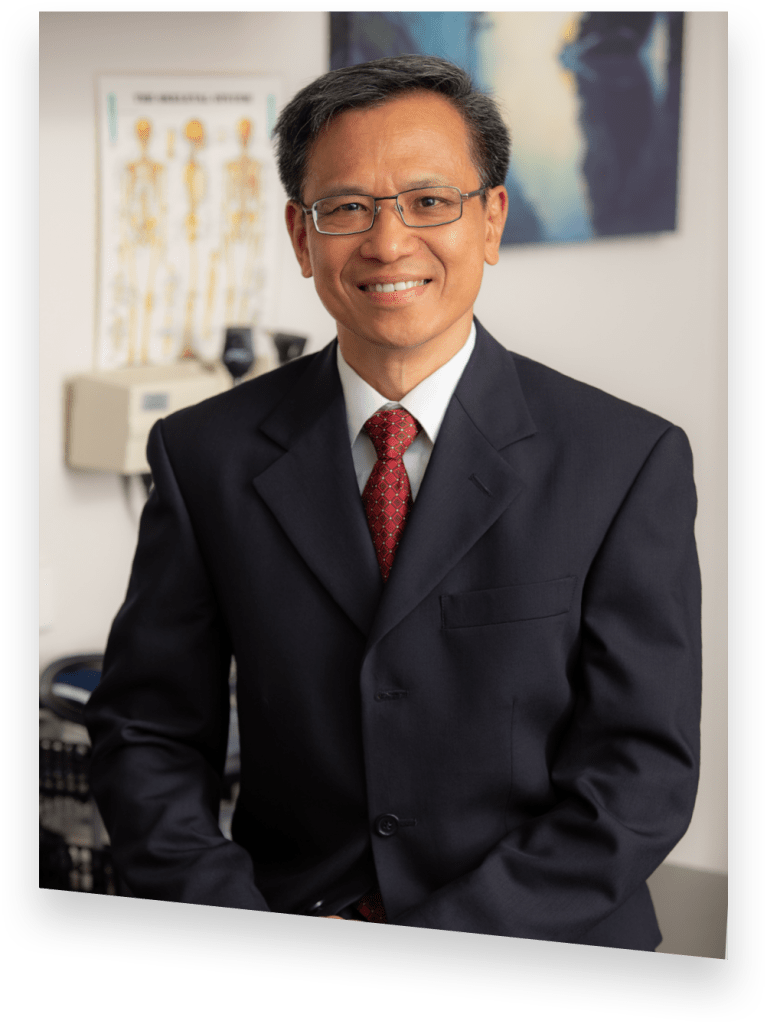Sperm Retrieval & Microsurgical Sperm Retrieval (MicroTESE)
The principles are to obtain best sperm for ART with the least invasive approach, aiming to preserve testicular normality and function. Dr Lok is highly specialised in this area combining expertise in male fertility treatment and microsurgeries, likely performs the biggest number of such procedures in Australia, in unique purpose-built set-ups and support by team of experts.

Testicular Sperm retrieval are required for
1) Obstruction, Anejaculation or Ejaculatory sperm being highly damaged (see below)
Most of these men has normal sperm production, most if not all sperm can be easily retrieved through simple needle aspiration under local anaesthetics. Abundant sperm usually are present in the intercellular fluid and tiny bit of tubules which often can be aspirated with fine needle, which minimise trauma and loss of tissues. Testicular biopsy can be avoided for most, and should be avoided if possible, for invasive (traumatic) nature and unnecessary removal to testicular tissues (will not be regenerated). involve the removal of testicular tissues unnecessarily.
2) Serious sperm production problem – nonobstructive azoospermia
Microdissection offers better chances for men with non-obstructive azoospermia – Blind testicular biopsy is often used to extract sperm in men with azoospermia who do not produce any sperm in the ejaculate. This approach can damage blood vessels and cause unnecessary loss of testicular tissue (where hormone production cells are located) with lower chance of sperm recovery, particularly in men with sparse sperm production and small testicular size. Microdissection uses a high-powered operative microscope to avoid blood vessels and identify and selectively remove those tubules within the testes that contain sperm. Compared to simple or multiple blind testicular biopsies, microdissection provides better sperm recovery, while minimising damage to testicular tissue and reducing complications.
Often Asked Questions
-
“Can you predict the sucess of obtianing sperm?”
If certain genes on the Y-Chromosome (specific AZF regions checked through blood test) are missing, the chances of obtaining usable sperm for treatment will be extremely low (if exists). Apart from that, the chances of successful sperm retrieval cannot be precluded, disrespect to the testicular sizes, level of hormones or other patient characteristics. As residue intact tubules with full sperm production supported by hormones from local Leydig cells may be present in a very small testes (when most of the other tubules and hormone production capacity have been lost). This island of usable tubules can be identified using operative microscope powered around 25-40X magnification during testicular microdissection (MicroTESE).
-
“What are the possible short and long-term complications?”
Men with serious sperm production problems (all of those with non-obstructive azoospermia) are at higher risks of developing testicular cancer and hormone deficiency, as a result of the primary testicular disease. Hence it is highly important proper screenings are carried out before any surgery, and long-term regular surveillance should be put in place, as these conditions are treatable. Surgeries if needed, should be conducted in a way to minimise tissue loss or damages, to minimise such short term (bleeding, infection, pain) and long-term complications.
-
“Do I need general anaesthesia, and how long do I need to take off?”
Dr Lok performs most of these procedures under local anaesthesia particularly for needle aspiration or simple testicular biopsies, as the bundle of nerves innervating the testicular tissues travel along a predictable path which can be very effectively blocked. Pain during injection (few seconds) will of course be experienced and can be excruciating but only transiently. General anaesthesia will be available for personal preferences, but generally should be considered for potentially longer microTESE procedures when it can be uncomfortable to lie very still for up to 2 hours even if pain from surgery can be effectively blocked.
With simple needle aspiration, pain and complication (bleeding, infection) risks are low. Returning to work on the same or next day in general are fine for sedentary workers, but cautions of avoiding exertion and heavy lifting need to be exercised to avoid postoperative intra-testicular bleeding from straining. If simple biopsies are performed, you may need 1-2 days off. However, for microdissection, despite the minimal loss of tissues the swelling associated with the tissue exploration can lead to significant discomfort (worse with increasing testicular sizes) and one should prepare for at least 3-4 days and even up to a week off (in case of full exploration, less if sperm is obtained from limited exploration).
Costs
We regard ourselves as a medical service, not a commercial business, and charge according to the complexity and length of the surgery, in line with Australian Medical Association (AMA) recommended Fees.
About Your Doctor
Dr Lok is highly specialised in sperm retrieval combining the expertise in male fertility treatment and microsurgeries
Dr Lok likely performs the highest number of sperm retrieval cases in Australia, mostly in unique purpose-built operative theatre combined with laboratory where tissue processing occurs, so procedure can be ceased once sufficient sperm obtained to minimise tissue loss or damages.
Have a Question or Enquiry?
If you have a question on enquiry related to fertility medicine or a related treatment, please get in touch and one of our friendly team will get back to you.

